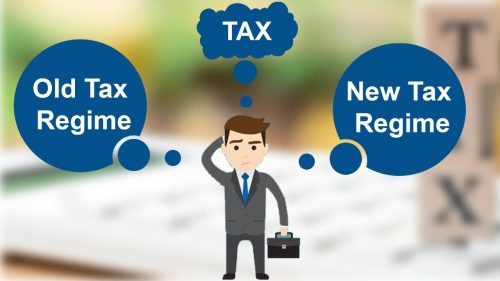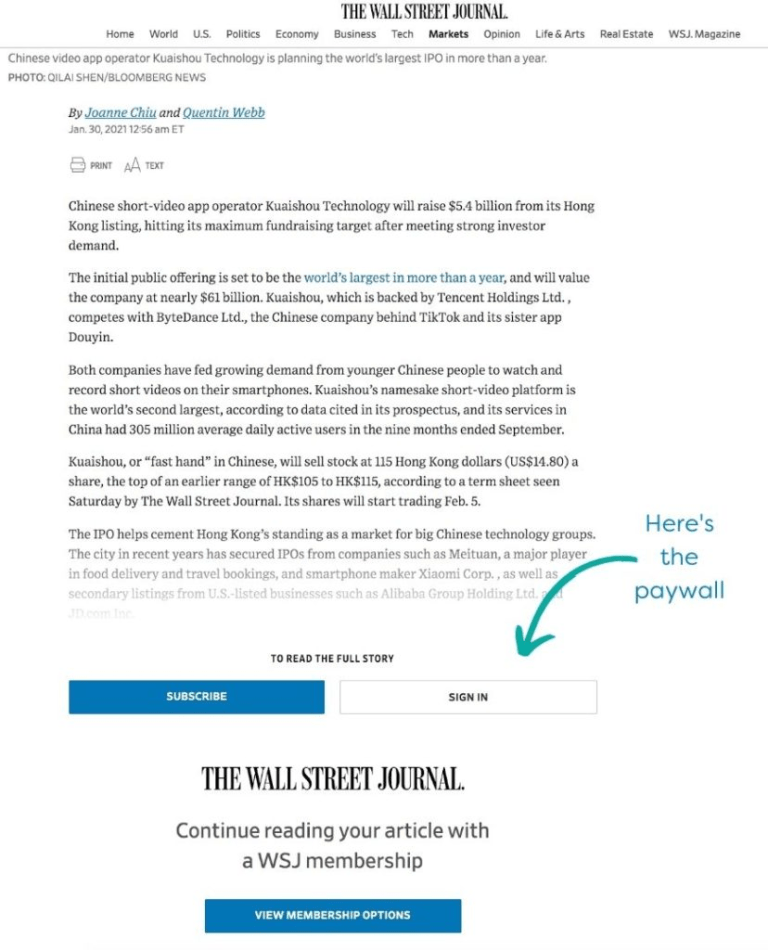With the introduction of the new Union Budget for the year 2020, there have been changes made to the personal income tax for individuals. The changes made to the tax regime came with some cost which required taxpayers to forego some deductions. One such deduction is standard deduction, a deduction which was given under section 80C and also interest on the self-occupied property—
- an amount of Rs. 50,000 has to be foregone by the individual on the standard deduction,
- under the section 80C individuals have to forego 1.50 lakhs now and
- the interest will be charged on property that is self-occupied of Rs. 2, 00,000.
This shows that the concession provided by the new tax regime does not necessarily have to be beneficial for all.
Also Read: 9 Common Tax Mistakes You Should Never Make
The new tax regime will benefit highly to people falling in the lower-income brackets. This is because the concessional tax rates now have a minimal application. As for the high net worth individuals, the highest personal income tax goes up to 42.7%, which is going to be a considerable challenge if opting for the new tax regime.
Income Tax Slabs – New Tax Regime:
Table of Contents
- All individuals who have income up to Rs. 2.5 lakhs do not have to pay any tax on their income.
- Individuals earning from Rs. 2.5 lakhs to 5 lakhs have to pay 5% of tax of their total income under the new tax regime.
- Individuals having income from 5 lakhs to 7.5 lakhs have to pay 10% tax on their total income as per the new tax regime.
- Individuals earning between 7.5 lakhs to 10 lakhs will have to pay 15% tax of their overall income as per the new tax regime.
- Individuals earning between 10 lakhs to 12.5 lakhs end up paying 20% as taxes of their total income as per the new tax regime.
- Individuals who are making an income from 12.5 lakhs to 15 lakhs have to pay 25% tax on their total income as per the new tax regime.
- Lastly, individuals earning more than 15 lakhs end up paying 30% as taxes of their overall income annually as per the new tax regime.
Based on the slab mentioned above, individuals need to make a thorough study and compare both the old and new tax regime before opting to go for the new tax regime. The reason being there are many factors which are mentioned below that can throw light on the various advantages both the tax regimes have.
Also Read: Tax Saving – Best Practice For E-Commerce Sellers
To get a clear picture of the situation, it is essential to ascertain the pros and cons of both the old and new tax regime. Finding out the pros and cons of both tax regimes makes the whole study simpler and can help many of the individuals to select from the two taxes.
Pros of New Tax Regime
- The new tax regime reduces tax rates. Though there are reduced tax rates in the new tax regime, then most of the deductions and exemptions available earlier are now not present. With the introduction of the new tax regime individuals now have lesser documentation to be filled, and also the tax filing process has become simpler.
- With the introduction of the new tax regime investors are now allowed to choose whether to lock in their funds for a specified period. Tax deductions through various means like deductions and allowances would not be applicable anymore. This will benefit the taxpayers who have no specified modes of investments. The reason is that a lot of the investments made come for a specified period in which the investor is not allowed to withdraw. They can now invest in several opportunities like open-ended mutual funds that provide a good return with the benefit of flexible withdrawal.
- With the introduction of the new tax regime, there will be increased liquidity, which means reduced tax rates will provide individual taxpayers more disposable income. This would be beneficial for such individuals who earlier could not make investments in specified instruments due to financial reasons.
- The new tax regime now provides more flexibility to customize their investment. As mentioned in the regime, deductions will be provided to taxpayers only if they make investments in some of the mentioned instruments. This will restrict the taxpayers for making investment choices but also at the same time provides enormous flexibility to such individuals to customize their investment choices.
Also Read: Best Tax Saving Practices For Shop Owners
Cons of the New Tax Regime
- With the introduction of the new tax regime taxpayers now no longer have the right to avail certain deductions, some of which are mentioned below:
- Deductions of leave travel
- House rent allowances deductions
- Many special allowances will now no longer have deductions such as children education allowance, hostel allowance, uniform allowance and many more.
- No deductions on allowances to MPs/MLAs
- No longer would any deductions be allowed on deductions under section 35AD or 35CCC
- Deductions under the family pension scheme
lso Read: Best Tax Saving Practice For Travel Agencies
Pros of the Old Regime
- The old tax regime encouraged savings in individuals for future events such as marriages, education, purchase of property and many more. This is supported in the old tax regime as the taxpayers were enforced to make investments in specified tax instruments.
- The old tax regime inculcated the habit of savings in people which is very beneficial at times of emergencies. With the introduction of the new tax regime, the saving rates are destined to fall as many people look forward to opting for the new tax regime.
Also Read: Best Tax Saving Practice For Restaurants
Cons of Old Tax Regime
- In the old tax regime, tax benefits to individual taxpayers were available for a fixed period. This period or specified lock-in generally lasted for three to five years. This tax-saving option may not be fit for millennials as they are looking forward to sending first and then save. Also, senior citizens prefer having liquidity in their hands which is again not possible in the old tax regime.
- In the old tax, regime investors could not make investments in other instruments which had chances of performing better. They were trapped investing in the specified instruments irrespective of their performance.
- In the old tax regime documentation and additional proof of investments are required in case of proceedings of assessments before tax authorities which are not necessary for the new tax regime.
Also Read: Why Income Tax Return Filing Is Important
Which Tax Regime should one opt for?
Based on the points mentioned below, one can choose the right tax regime best suited for them:
- If you are looking for flexibility in your investments made and at the same time, do not want to invest in mentioned instruments then the new tax regime is perfect for you. It is thus advised first to do a complete evaluation of both the tax regimes and evaluating the best available options before making any decision.
- It is also to be kept in mind that the choice can be changed every year according to you. You can now choose a tax regime out of the old or new or new as per your convenience annually.
- Please note as this is applicable for only individual taxpayers and not for someone making income from business or any other professions. These individuals would be provided one chance to choose between the two regimes during their whole life, and so it has to be ascertained after thorough research. They can only switch to the other tax regime once their business ceases or no longer exists.
- With the introduction of the new tax regime, the income tax department has come up with a tax comparison tool available at their web portal. Individual taxpayers can visit the site and make decisions based on a comparison between the two tax regimes.
- In the new tax regime, the documentation process is simplified, which helps in the filing of IT returns very quickly. Though individuals get the ease of access, they are restricted from most of the exemptions and deductions.
- For an individual who can avail more tax deductions and exemptions from the old tax regime should continue with the old tax regime as it is more beneficial for them.
Also Read: Top 5 Strategies To Save Tax At The Last Minute
Conclusion
With the introduction of the New Tax Regime, there are chances of confusion and misunderstanding, but they can be avoided.
It is necessary first to evaluate both the tax regimes and then point out the benefits that an individual is receiving if opting for a new one. If there are no benefits which can be evaluated while opting for the new tax regime then it is suggested to stick to the old tax regime.
All the above pros and cons will help individual taxpayers select the best tax regime for them. Make sure to go through all the points to understand the two taxes and their
differences, which will surely enable individual taxpayers to take the right decision. Choose wisely and make the most of the two tax regimes provided.







